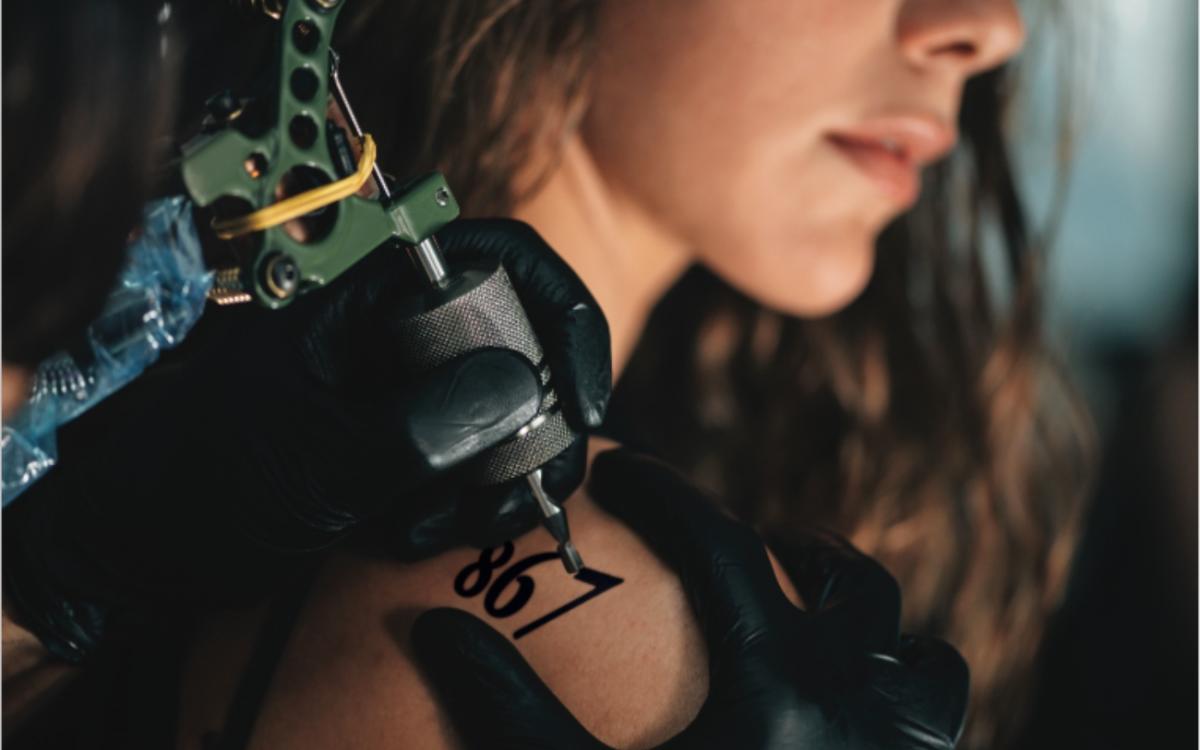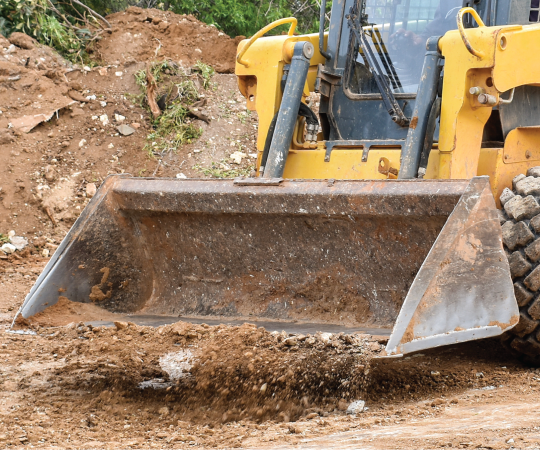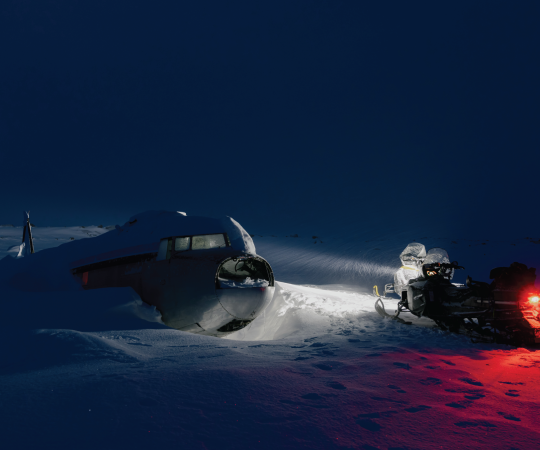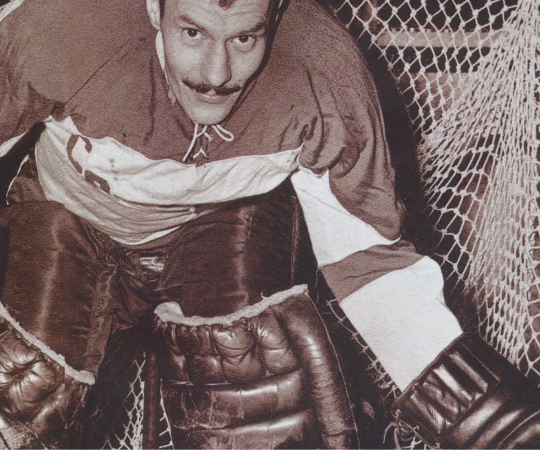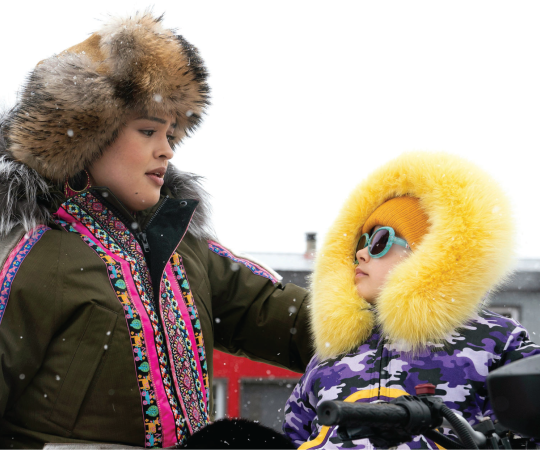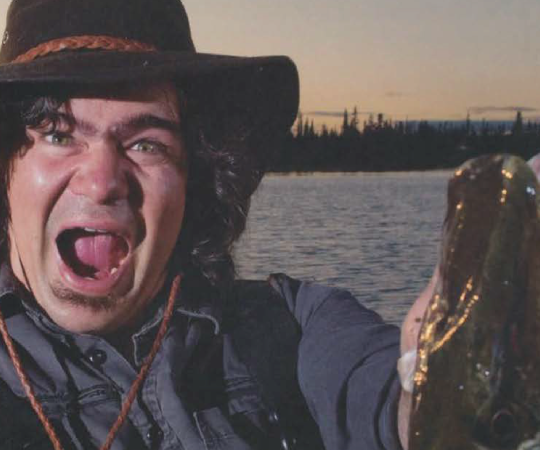Dan Bushnell sits down and snaps on his surgical gloves with small containers of ink and a needle secure in its packaging at his side. After nine years of running Molotov & Bricks Tattoos in Whitehorse, Bushnell is prepared to tattoo just about anything on his clients. And while that varies from small traditional pieces to massive scenes splayed out over taut skin, etching in the same three numbers of the North’s area code is something he’s done more than a dozen times over his career. Even his daughter has an 867 tattoo. Bushnell says the answer for why she got it was simple.
“She just shrugged and said, ‘I live in the Yukon.’”
An area code is just a set of numbers you put at the beginning of a phone call. Yet to many it represents a place that’s special to them. It signifies an identity and a culture, like Toronto’s 416 or New York’s 212. Across the entirety of the North, that single area code is 867.
While area codes were not originally created with sentimentality in mind, choosing and designating them for each region has taken plenty of time, thought and effort. In fact, there’s an entire system behind the process that involves a federal and North American committee. It revolves around the Canadian Number Administrator (CNA), which works with a federal committee to plan which regions get which area code and when to add new ones. That relief plan, as it’s called, then goes to the CRTC for approval.
“Once a decision is made by the CRTC about a relief plan, the CNA will apply for the area code from the North American Numbering Plan Administrator (NANPA),” explains Kelly Walsh, CNA program manager.
Area codes were first created in 1947, but the North had to wait decades before it was designated its own set of digits. Starting in 1960, western parts of the Northwest Territories as well as the Yukon shared 403 with Alberta. Starting in 1975, parts of the eastern NWT and what would become Nunavut shared 819 with Quebec. In 1997, the territories finally got their own number, as the former southern codes began filling up with Quebec and Alberta residents.
Choosing the specific order of numbers for an area code is usually done via a system Walsh compares to a matrix spreadsheet, but he adds that the CNA may consider culture in the decision-making process.
“For example, in areas that have a high number of Indigenous peoples, if they felt there was some cultural significance of certain numbers [we would consider it].” says Walsh. On the other hand, he adds, numbers like 666 would never be used because of negative connotations.
How the North ended up with 867, however, is an entirely different story.
“I’m told anecdotally that the people in charge at the time… chose 867 because it spelled out TOP on the telephone pad, as in ‘top of the world.’” says Walsh.
While places like Ontario have as many as 15 area codes, the entire span of the territories keeps just one. Walsh says there’s no plan to change that anytime soon. It all comes down to capacity and 867 is still the least used area code in Canada.
“867 has incredibly low usage based on population,” says Walsh. “NANPA is not scheduling to exhaust the entire (867 area code) until past 2040.”
It’s just as well. Here in the North, our single area code is just another thing that makes us unique. And as Bushnell says, “area codes are a claim of place and a source of pride.”

